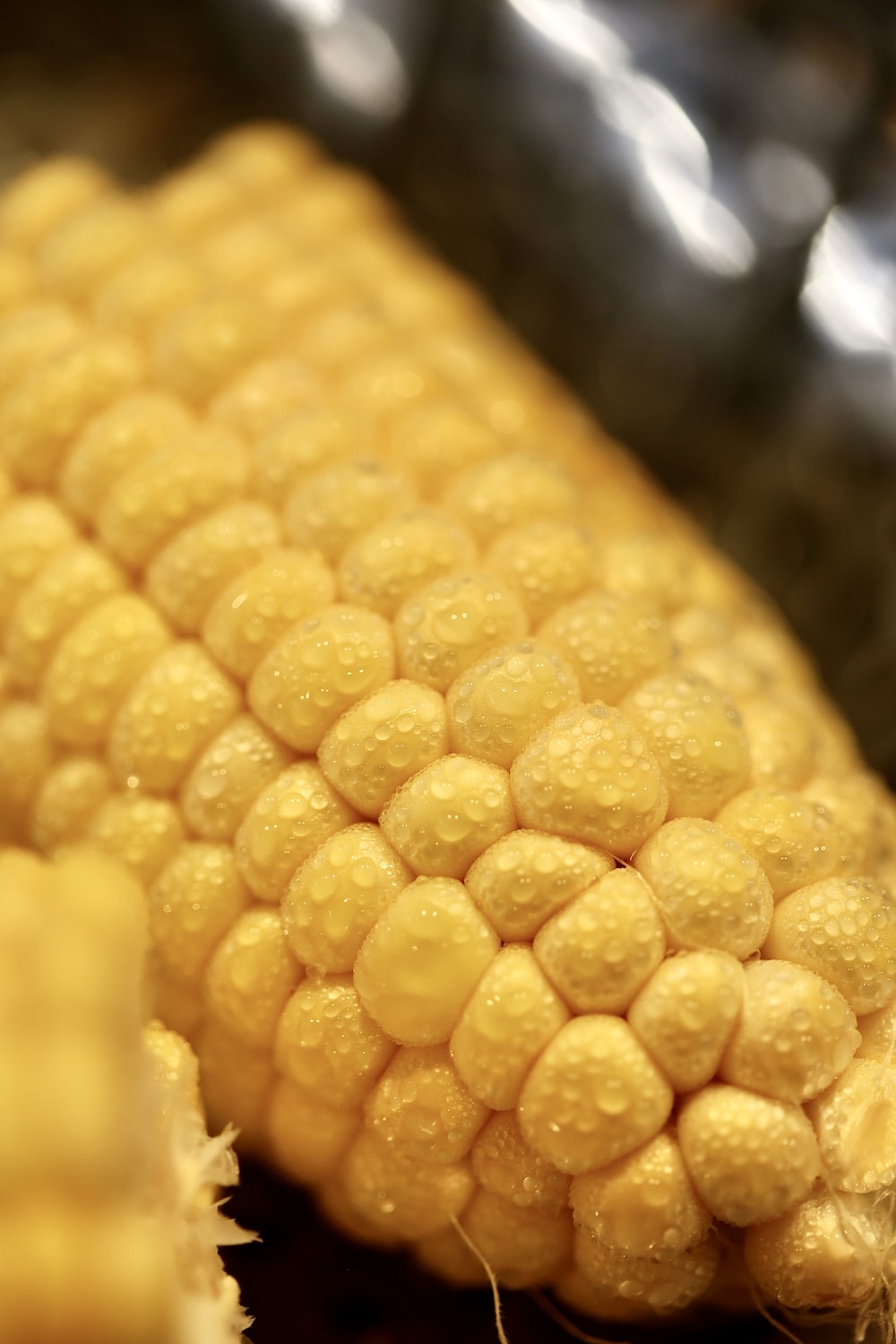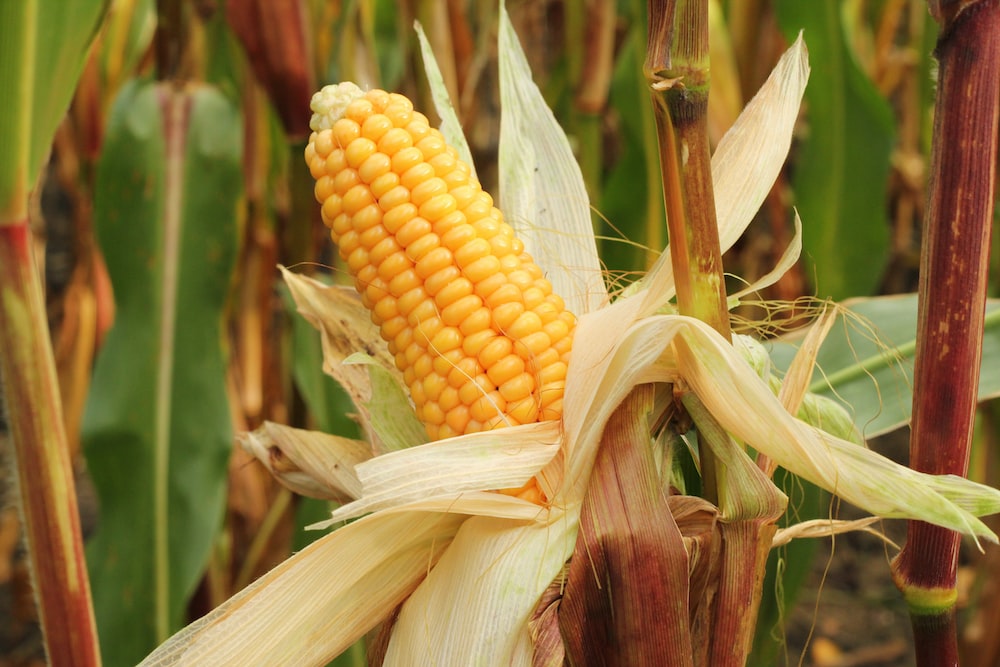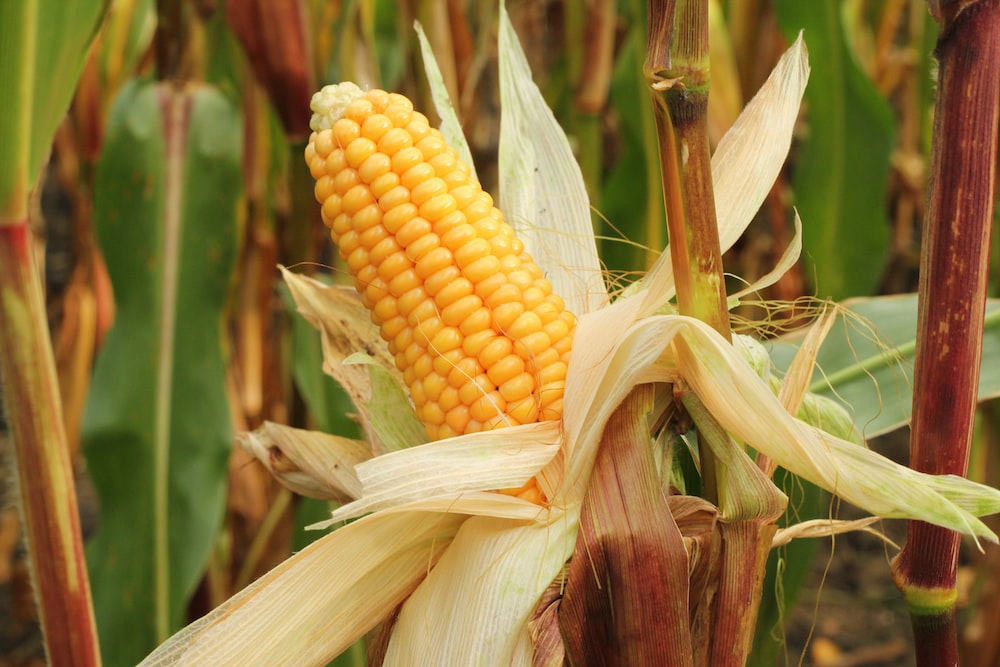Growing sweet corn at the right time is essential for a successful harvest. Starting corn seeds indoors about two weeks before the last frost of the season will give the plants a head start and ensure your corn is ready to harvest when needed. When transplanting the seedlings to the garden, take care to space them far enough apart so that each plant has enough room to grow. Water regularly and use mulch to help retain moisture. As the growing season progresses, keep an eye out for pests and diseases and act on them quickly. Once the sweet corn is ready to be harvested, pick it when the silks are brown and the kernels are full and juicy. Enjoy your fresh sweet corn!
The best time to plant sweet corn is typically late spring, after all danger of frost has passed. Planting in early summer can provide an additional harvest. To ensure a healthy crop, it’s important to choose a sunny spot and use well-draining soil. For optimal growth, water regularly and fertilize according to the instructions on the fertilizer package.
For more information on planting sweet corn, check out your local extension office or online resources.
Happy gardening!
Identifying Optimal Climate for Sweet Corn Planting
Sweet corn is a popular vegetable crop that can be grown in many different climates. To ensure optimal yields, it is important to identify the ideal climate for sweet corn planting. Factors to consider include temperature, soil type, moisture levels, and sunlight exposure. The right combination of these elements can bring about high yields and healthy plants. Additionally, taking into account the regional climate can help narrow down the best times to plant. With proper planning and research, growers can maximize their sweet corn harvests.
Optimal Soil Conditions for Sweet Corn Planting

Sweet corn is a popular summer crop with many benefits. For optimal growth, the soil should be well-drained and have a pH of 6.0 to 7.0. The soil should also be high in organic matter and have adequate levels of nitrogen, phosphorous, and potassium. Adding aged manure or compost prior to planting helps to improve soil fertility and provide essential nutrients for growth. Proper watering and mulching can also help maintain optimal soil conditions for sweet corn planting.
Timing of Sweet Corn Planting
Sweet corn planting is best done in late spring, when the soil temperature is above 10°C and the risk of frost has passed. Timing is critical for successful sweet corn crops, as they are sensitive to both cold and warm temperatures. To ensure optimal growth, it’s important to wait until the soil temperature is consistently above 10°C before planting.
To maximize yield, Sweet Corn should be planted in successive plantings two weeks apart. This helps ensure a continuous harvest season and allows for adequate pollination. It also helps spread out the workload, making it easier to manage.
When planting Sweet Corn, it is important to use high-quality seed that is free from disease and pests. Planting too early can lead to poor germination, while planting too late can result in lower yields. Careful consideration of local weather patterns and soil temperatures can help ensure success when planting Sweet Corn.
Fertilizer Requirements for Sweet Corn Planting
 Sweet corn is an easy to grow crop that can provide a bountiful harvest. To ensure successful planting, it is important to understand the fertilizer requirements for sweet corn. The soil should be rich in organic matter and well-draining. Applying a balanced fertilizer at planting time will help ensure a good start for the crop. Nitrogen is the most important nutrient for sweet corn growth and should be applied according to soil test results. Phosphorus and potassium are also needed for optimal growth and should be included in the fertilizer mix.
Sweet corn is an easy to grow crop that can provide a bountiful harvest. To ensure successful planting, it is important to understand the fertilizer requirements for sweet corn. The soil should be rich in organic matter and well-draining. Applying a balanced fertilizer at planting time will help ensure a good start for the crop. Nitrogen is the most important nutrient for sweet corn growth and should be applied according to soil test results. Phosphorus and potassium are also needed for optimal growth and should be included in the fertilizer mix.
For optimal production, sweet corn requires consistent moisture throughout the growing season. A good layer of mulch will help retain soil moisture and reduce weeds. With proper care and attention, sweet corn can provide a delicious harvest.
Disease and Pest Control for Sweet Corn Planting
Sweet corn is an important crop for many farmers. It is essential to have a proper disease and pest control plan in place to ensure a healthy harvest. Proper rotation of crops, monitoring for signs of pests and diseases, and using appropriate control methods can help reduce the risk of crop loss due to disease or pests. Cultivation practices such as removing weeds and tilling can also help prevent the spread of disease and pests. Following these steps can help ensure a successful sweet corn crop.
Thanks for reading!
Harvesting Sweet Corn at the Right Time

Harvesting sweet corn at the right time can be a challenge. Knowing when to pick the cobs is key to getting the best flavor and texture. To ensure you get the most out of your sweetcorn crop, look for silks that have turned brown or black, and the kernels should be full and slightly rounded. When the kernels are ready, the cob should be dry and the husk should be pulled back easily. Timing is critical for harvesting sweet corn, so watch for these signs of ripeness and you’ll be sure to get the most out of your crop.
Harvesting sweetcorn at the right time is essential for getting the best flavor and texture. Look for silks that have turned brown or black, and the kernels should be full and slightly rounded. When the kernels are ready, the cob should be dry and the husk should be pulled back easily. Timing is critical for harvesting sweetcorn – watch for these signs of ripeness for the best results.
Happy harvesting!
Storing Sweet Corn After Harvesting
Storing sweet corn after harvesting is an important part of maximizing its shelf life. Proper harvesting, cooling, and packing are key to keeping sweet corn fresh. Before storing, it should be cooled as quickly as possible to prevent the loss of flavor and texture. Keeping sweet corn in a cool, dry environment will provide the best storage for maximum freshness. Wrapping the ears in paper or plastic can also help keep them fresh.
Sweet corn can be stored in the refrigerator for up to seven days, or frozen for up to six months. When freezing, blanching the corn first will preserve texture and flavor.
Following these tips will ensure that your sweet corn stays fresh and delicious.
Selecting Sweet Corn Varieties for Planting

Choosing the right sweet corn variety for your garden is essential for a successful harvest. Sweet corn can be divided into two categories, traditional sweet corn and supersweet varieties. Traditional varieties are the standard type of sweet corn and the most popular choice. They produce high quality cobs that are sweet and juicy. Supersweet varieties are sweeter than traditional varieties, but require more care when growing, as they can be easily damaged by extreme temperatures. When selecting sweet corn varieties for planting, consider the type of soil in your garden, the climate, and how much time and effort you want to put into caring for the crop.
Recent Posts
link to Discover the Perfect Time to Water Your Garden
It's best to water your garden in the morning, when the sun is low and the temperatures are cooler. This helps avoid evaporation and ensures that your plants get the moisture they need. Watering in...
link to 5 Tips for Watering New Sod in Florida
When it comes to watering new sod in Florida, the best time to do so is early in the morning or late in the evening when temperatures are cooler and the sun is less intense. This helps reduce water...
Recent Posts
It's best to water your garden in the morning, when the sun is low and the temperatures are cooler. This helps avoid evaporation and ensures that your plants get the moisture they need. Watering in...
When it comes to watering new sod in Florida, the best time to do so is early in the morning or late in the evening when temperatures are cooler and the sun is less intense. This helps reduce water...
